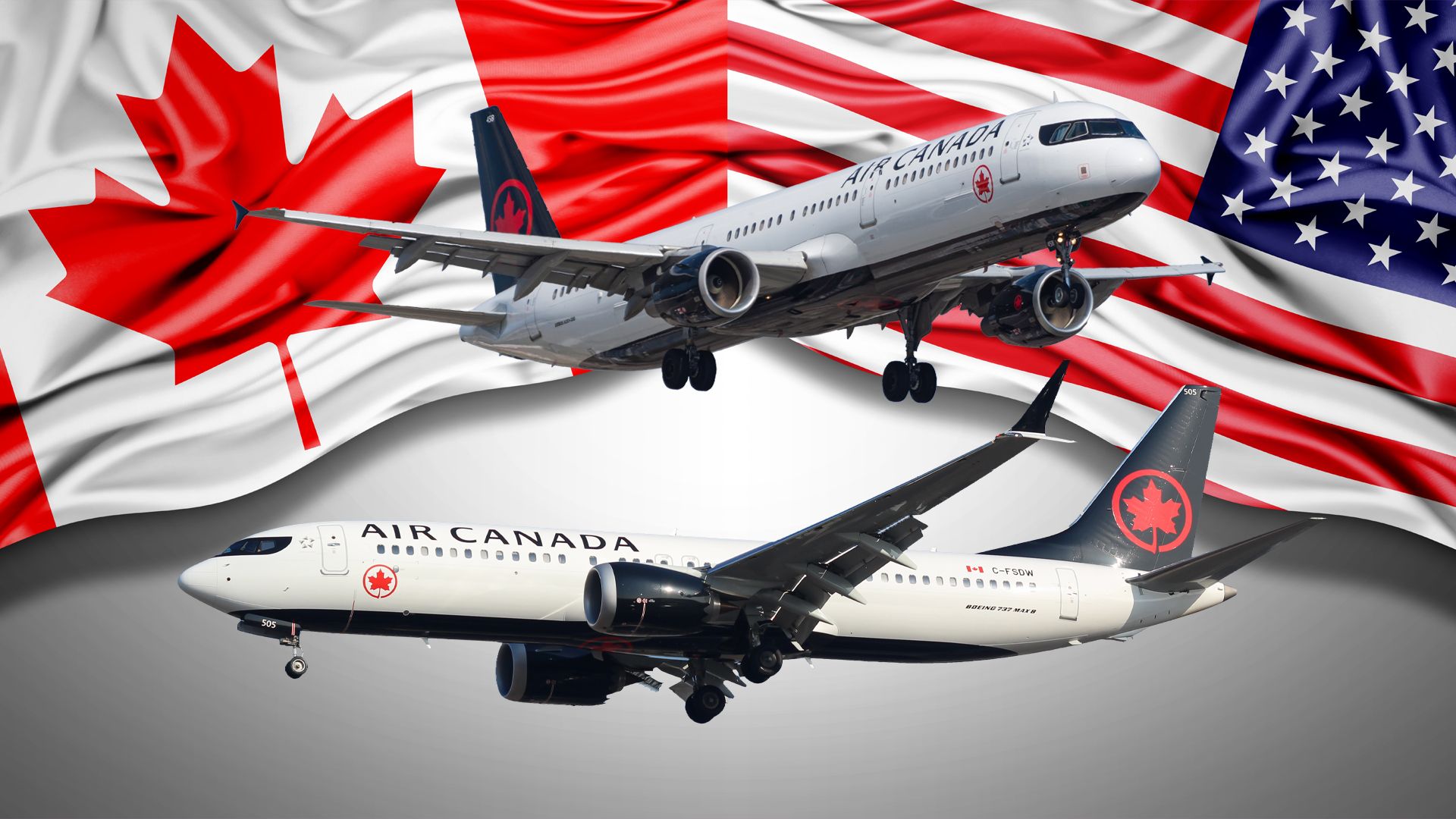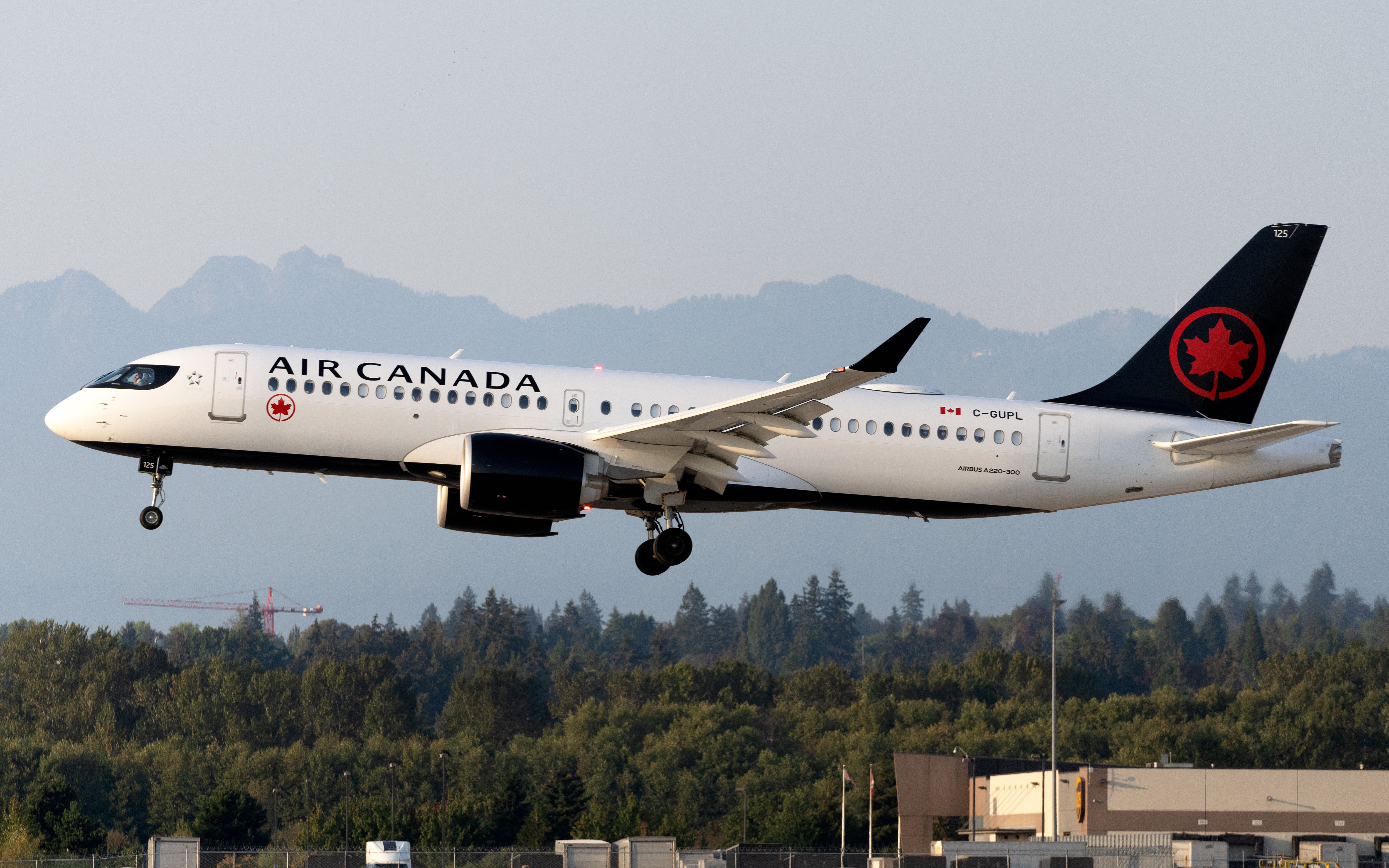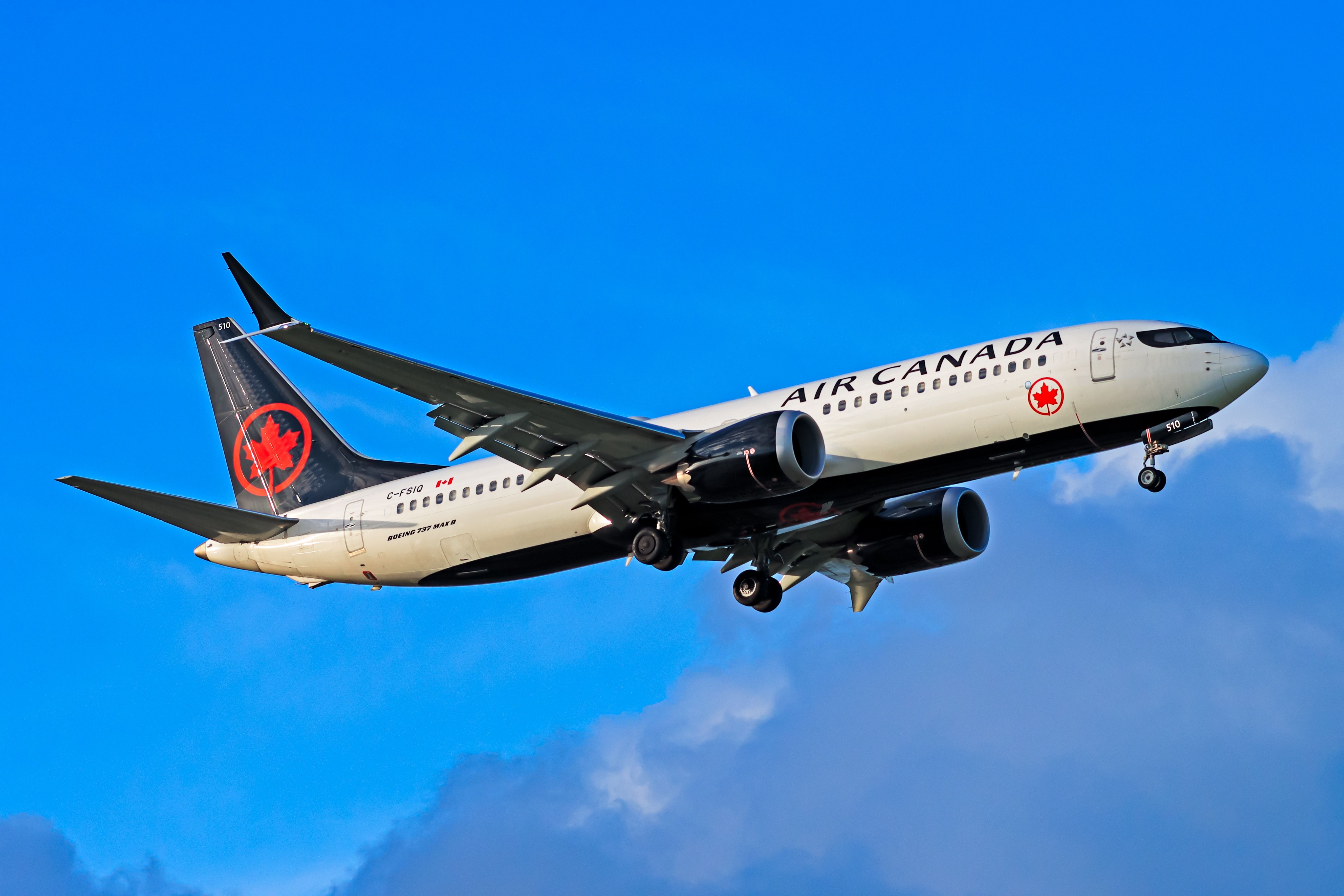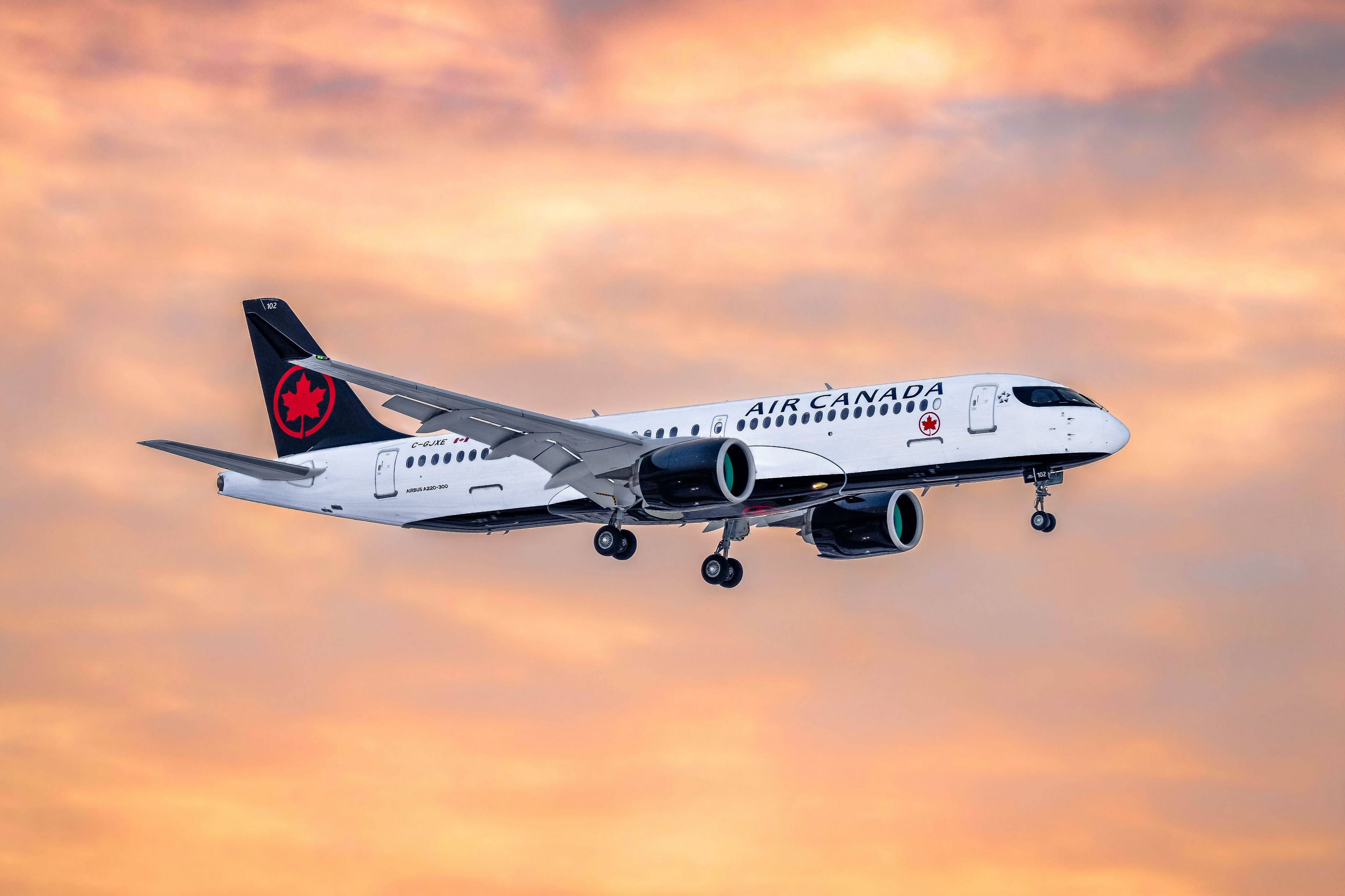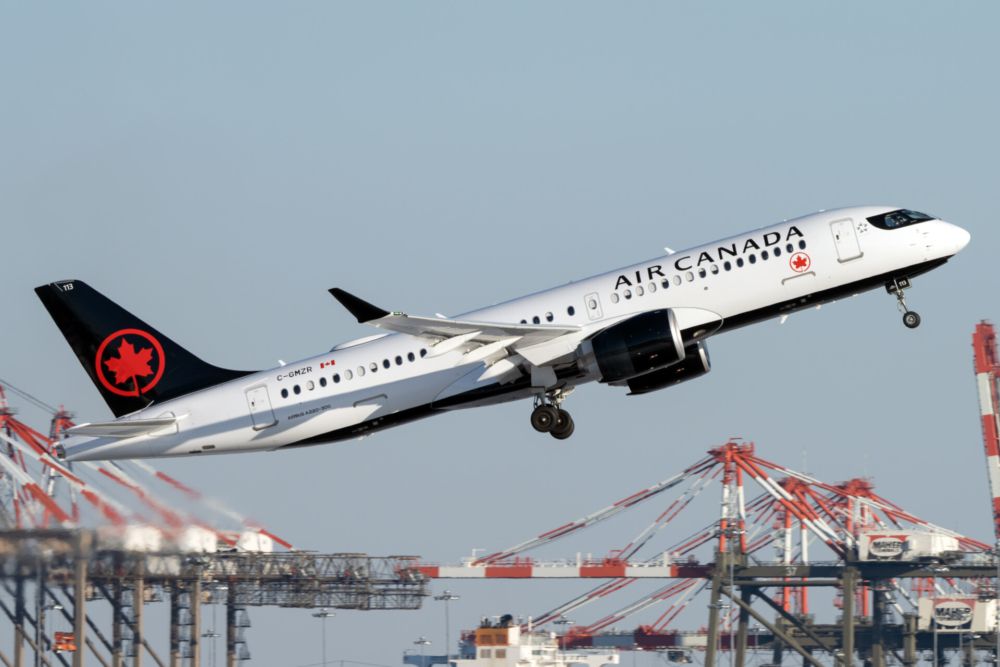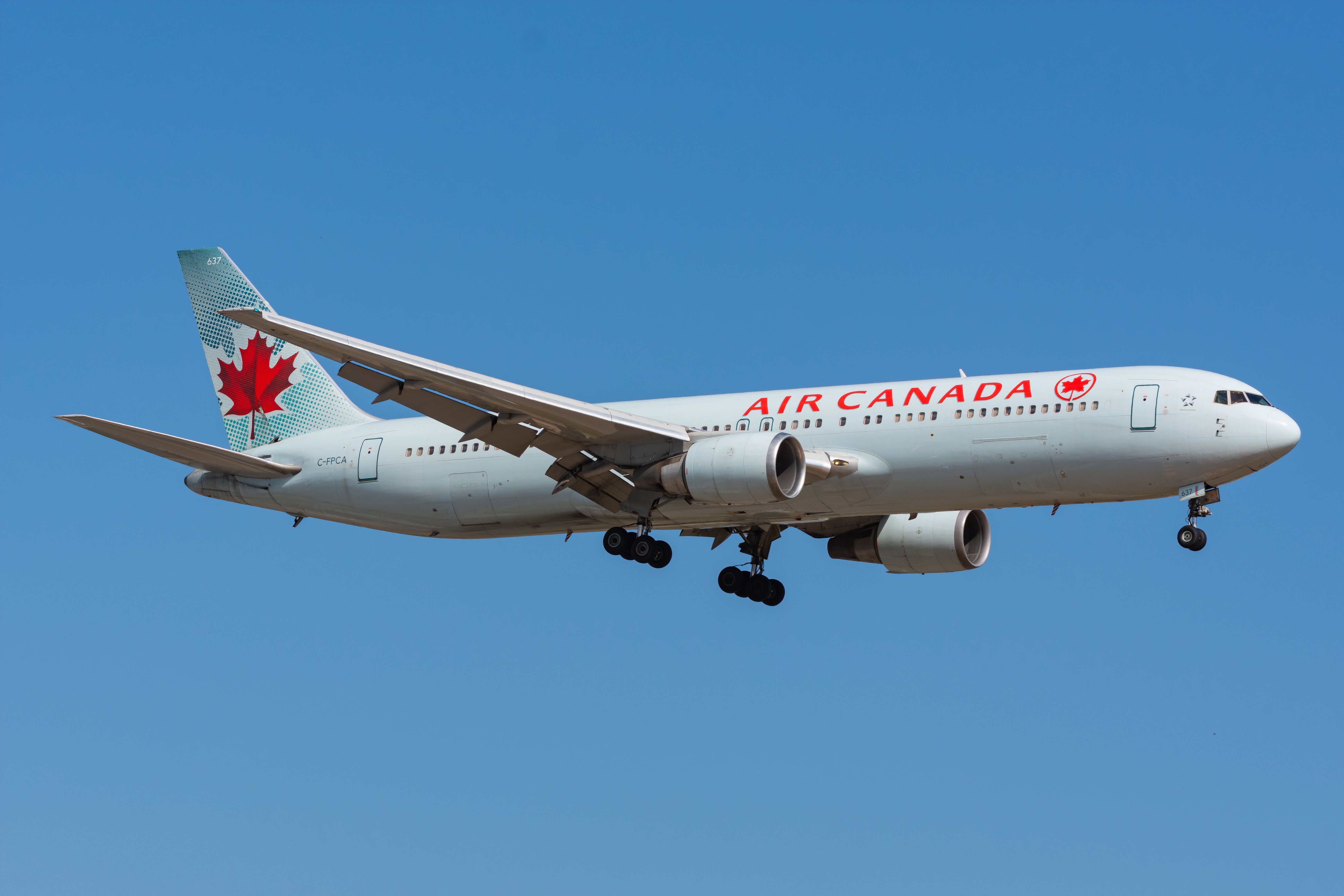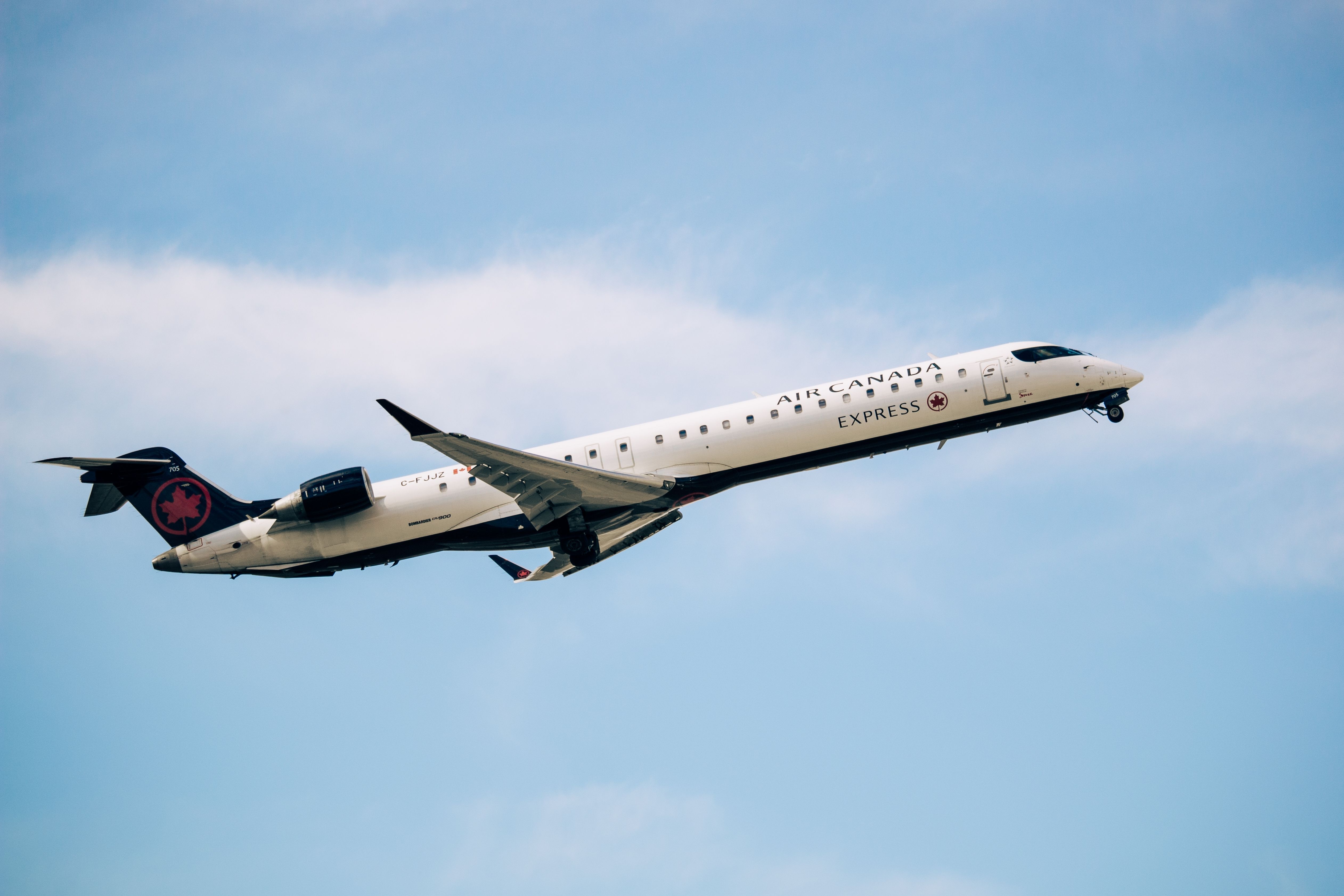Summary
- Air Canada strategically operates short mainline US routes with high frequency and efficient aircraft.
- The airline competes with major US carriers on these routes, emphasizing competitive schedules and service.
- Aircraft selection, including the A220-300 and 737 MAX 8, reflects Air Canada’s focus on efficiency and meeting demand.
For aviation enthusiasts, the thrill of flying isn’t just about crossing oceans or continents; sometimes, the intrigue lies in the shorter hops. Air Canada, a major player in North American aviation, operates a network that includes several notably short mainline routes to the US.
These flights, all under 500 miles, are a testament to Air Canada’s strategic approach in connecting key Canadian cities with nearby US destinations. According to Cirium, an aviation analytics company, the data for September 2024 reveals some interesting insights into these routes, focusing on both operational efficiency and competition. Let’s take a closer look:
Air Canada’s shortest mainline US routes (round-trip): September 2024
Montreal (YUL) ⇔ Boston (BOS)
- Round-Trip Distance: 508 miles
- Aircraft: Airbus A220-300
- Total Operations: 117 flights
- Total Seats: 16,221 seats
- Seats per Departure: 138.7 seats
- Available Seat Miles (ASMs): 4,120,134 ASMs
Photo: Vincenzo Pace | Simple Flying
Operating with high frequency, this route is a significant part of Air Canada’s transborder operations. The A220-300’s efficiency makes it ideal for this short-haul, high-demand route, providing ample capacity and comfort.
Montreal (YUL) ⇔ New York LaGuardia (LGA)
- Round-Trip Distance: 646 miles
- Aircraft: Boeing 737 MAX 8
- Total Operations: 62 flights
- Total Seats: 8,622 seats
- Seats per Departure: 139.1 seats
- Available Seat Miles (ASMs): 2,784,906 ASMs\
Photo: Ryken Martin | Shutterstock
This route’s use of the Boeing 737 MAX 8 underscores the importance of the YUL-LGA corridor, balancing capacity with operational efficiency. The high ASM figure reflects the route’s strategic importance in connecting two major business hubs.
Montreal (YUL) ⇔ Newark (EWR)
- Round-Trip Distance: 660 miles
- Aircraft: Airbus A220-300
- Total Operations: 54 flights
- Total Seats: 7,398 seats
- Seats per Departure: 137.0 seats
- Available Seat Miles (ASMs): 2,441,340 ASMs
Photo: Vincenzo Pace | Simple Flying
The A220-300 is once again a standout on this route, providing consistent service with the necessary capacity for frequent travelers between Montreal and Newark.
Toronto (YYZ) ⇔ New York LaGuardia (LGA)
- Round-Trip Distance: 712 miles
- Aircraft: Airbus A220-300
- Total Operations: 170 flights
- Total Seats: 23,290 seats
- Seats per Departure: 137.0 seats
- Available Seat Miles (ASMs): 8,291,240 ASMs
Photo: Vincenzo Pace | Simple Flying
This high-frequency route is critical for connecting Canada’s largest city with New York. The substantial ASM total reflects the heavy demand and importance of this corridor, served consistently by the A220-300.
Toronto (YYZ) ⇔ Chicago (ORD)
- Round-Trip Distance: 874 miles
- Aircraft: Primarily Airbus A220-300, Occasionally Boeing 767-300
- Total Operations: 240 flights
- Total Seats: 32,880 seats
- Seats per Departure: 137.0 seats
- Available Seat Miles (ASMs): 14,368,560 ASMs
Photo: Minh K Tran | Shutterstock
The occasional use of the Boeing 767-300 on this route, along with the regular A220-300 service, highlights Air Canada’s ability to scale capacity based on demand. The large number of ASMs indicates the significant passenger volumes on this route.
Toronto (YYZ) ⇔ Boston (BOS)
- Round-Trip Distance: 892 miles
- Aircraft: Airbus A220-300, Boeing 737 MAX 8, Airbus A319
- Total Operations: 228 flights
- Total Seats: 37,892 seats
- Seats per Departure: 166.2 seats
- Available Seat Miles (ASMs): 16,899,832 ASMs
The mix of aircraft on this route showcases Air Canada’s flexibility in adjusting to different demand levels. The high seat count and ASM total underline the route’s importance in connecting two major business centers.
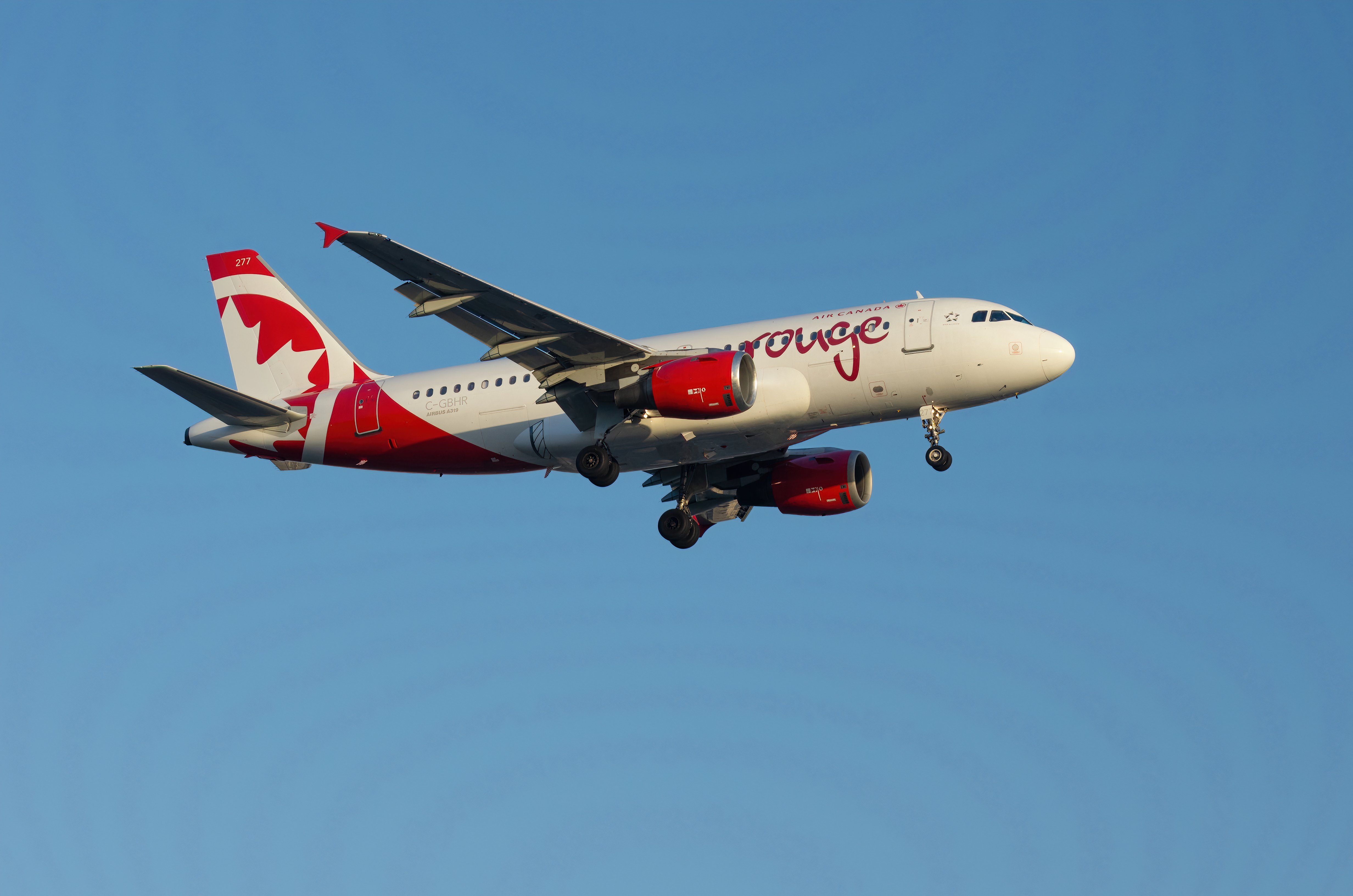
Competition on these routes
Air Canada faces competition from legacy US carriers like United Airlines and American Airlines, along with their regional affiliates such as Envoy Air and Republic Airways. These carriers operate similar routes, making the market highly competitive. Air Canada must ensure it offers competitive schedules, pricing, and superior service to maintain its market share.
Additionally, Jazz Aviation, operating as Air Canada Express, handles some of these shorter and regional routes that complement the mainline operations. In addition, these include routes like Vancouver to Seattle, which, although not part of the mainline, are critical in feeding passengers into the broader network.
Photo: Ethan Gillmore | Shutterstock
Aircraft selection and operational strategy
Air Canada’s choice of aircraft on these routes reflects a strategy focused on efficiency and meeting passenger demand:
- Airbus A220-300: Dominant on these short-haul routes, the A220-300 is valued for its fuel efficiency, comfort, and ability to handle frequent operations with ease. The consistent seat capacity and significant ASM totals show how important this aircraft is to Air Canada’s network.
- Boeing 737 MAX 8: Used on busier routes like YUL-LGA and YYZ-BOS, the MAX 8 offers additional capacity and range, ensuring Air Canada can meet higher passenger demand without compromising on operational efficiency.
- Airbus A319: Employed on routes where demand fluctuates, the A319 offers flexibility with a balance of capacity and operational cost, making it ideal for routes like YYZ-BOS.
- Boeing 767-300: Occasionally used on the YYZ-ORD route, the 767-300 provides high capacity during peak times, demonstrating Air Canada’s ability to adapt to market demands quickly.
Wrapping it up
Air Canada’s shortest mainline routes to the US are vital links in its transborder network. By summing up the data for each round-trip, we see the scale of operations more clearly, with significant seat capacity and ASM totals reflecting the importance of these routes. Whether it’s the frequent flights to New York or the capacity flexibility on routes like Toronto to Chicago, Air Canada’s strategic use of its fleet ensures it remains competitive in a crowded market.
For those fascinated by airline operations, these short-haul routes provide a detailed look at how Air Canada optimizes its fleet and schedules to maintain its positioning of aircraft across its entire organization. The combination of high-frequency operations and efficient aircraft deployment is key to their success.

